Into the Music by Van Morrison
Buy Into the Music Van Morrison completed his impressive 1970s output with his classic 11th studio album, Into the Music in 1979. The album features a large ensemble of musicians and singers to […]

Buy Into the Music Van Morrison completed his impressive 1970s output with his classic 11th studio album, Into the Music in 1979. The album features a large ensemble of musicians and singers to […]
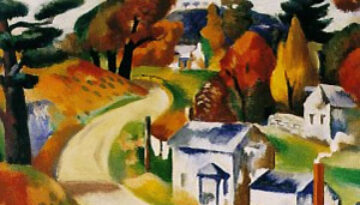
Buy Into the Great Wide Open Tom Petty continued his impressive commercial success as a new decade unfolded with Into the Great Wide Open, the eighth studio album by Petty and The Heartbreakers. […]

Buy Internationalist The third studio album by Australian rock group Powderfinger, 1998’s Internationalist, features a diverse array of musical genres. Led by the finely crafted compositions and versatile vocals of front man Bernard Fanning, […]
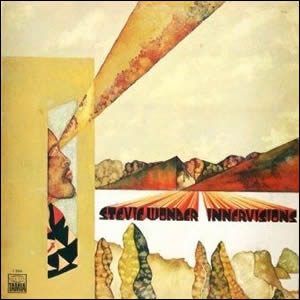
Buy Innervisions Innervisions is an album themed on social issues, drugs, spirituality, and urban life by Stevie Wonder in 1973. Wonder did virtually everything on this album from songwriting to producing to playing […]
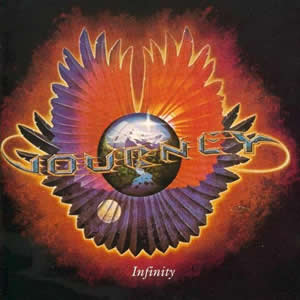
Buy Infinity The classic lineup of Journey came together for the album Infinity, released in 1978. Although this was the fourth overall album for the group that had been together since 1973, it […]
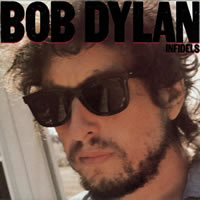
Buy Infidels In 1983, Bob Dylan released his studio album, Infidels. With this, Dylan received his highest critical and commercial success in nearly a decade. Still, through time, Infidels received criticism for not including […]
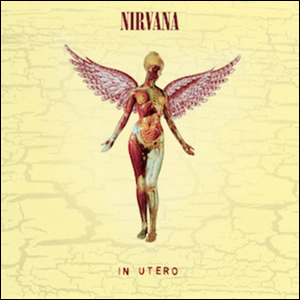
Buy In Utero Even though it was a phenomenal commercial success, all three members of Nirvana had expressed dissatisfaction with the polished production of their 1991 album, Nevermind. With this in mind, the […]
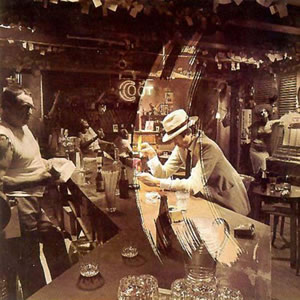
Buy In Through the Out Door Through most critics eyes, the years have not been kind to, In Through the Out Door, the final studio album by Led Zeppelin and only one released […]
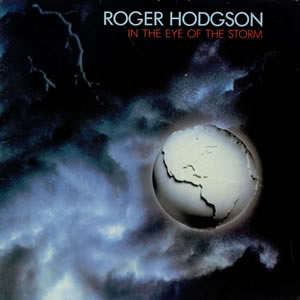
Buy In The Eye Of The Storm Although it was not a great commercial success, Roger Hogdson‘s debut album did well in advancing the compositional foundation that he established in his decade-plus as […]
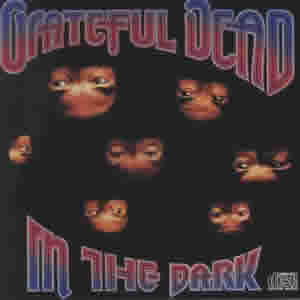
Buy In the Dark In the Dark was the first studio album by the Grateful Dead in over seven years (their twelfth overall) and was a comeback album on several levels. It was […]